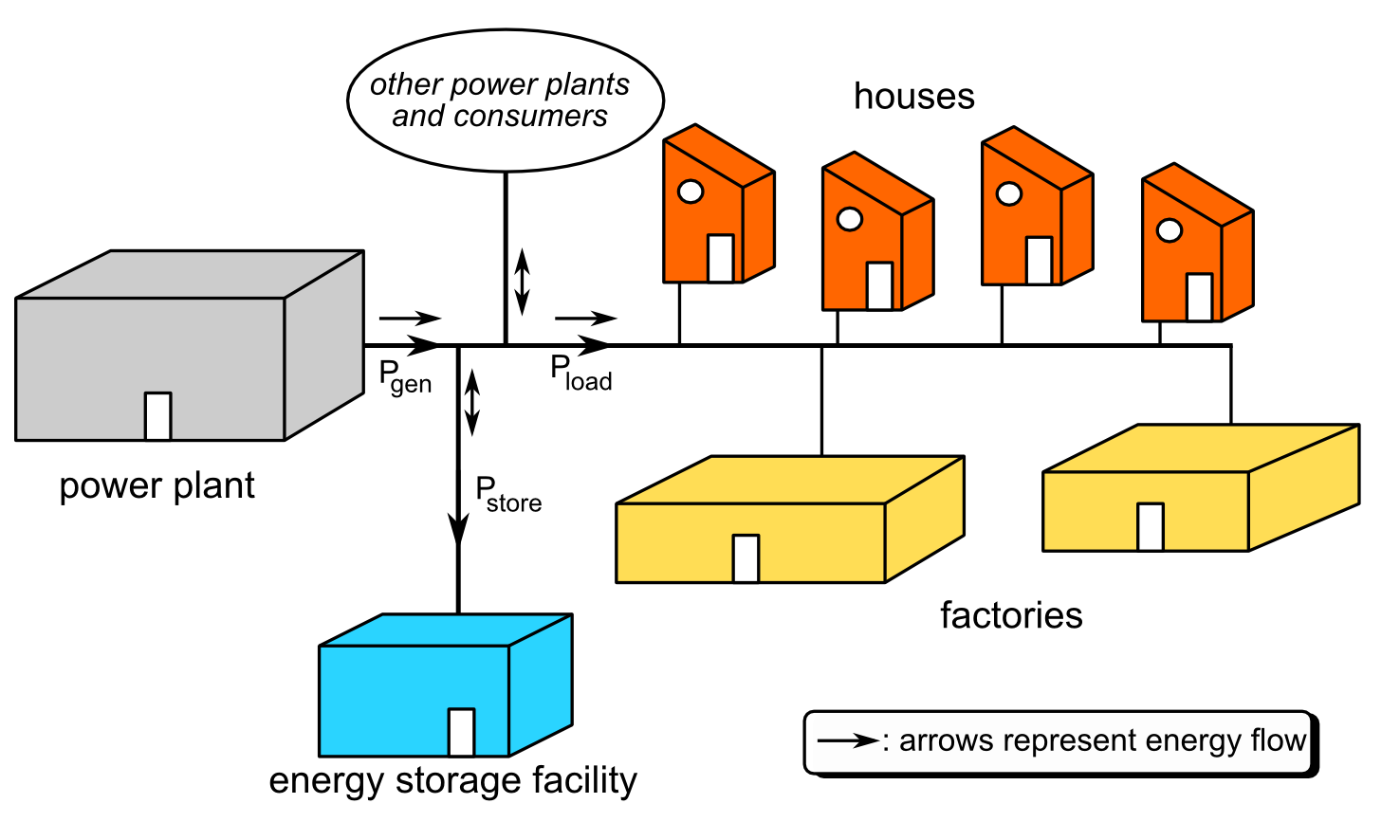In order to ensure the stability of the grid and ensure the smooth progress of its energy transition, grid operators need to take necessary actions to significantly increase the flexibility of the grid. How to remove existing barriers to unlocking flexibility and integrate energy storage technology into the grid in a more friendly way is a practical problem that grid operators must consider and solve.
Application background of battery energy storage
In 2030,80% of Germany’s power generation is expected to come from renewable energy, and this number may even reach 100% in 2045. This brings serious challenges to the power grid, because if the flexibility of the power grid is not improved, the power grid cannot be guaranteed. stability.
The high volatility of renewables in particular poses a significant problem, as renewables’ reliance on weather conditions means baseload power is unlikely to be continuously available at all times of the day. As the share of renewable energy in the energy sector continues to increase, measures must be taken to be more flexible in the future to fluctuations in renewable energy production.
Large-scale energy storage systems play a key role in this. With their high efficiency of over 90% and extremely fast response times (full power is available within a fraction of a second), they can compensate for fluctuations in renewable energy generation at short notice while providing for the long-term integration of renewable energy into the grid. make important contributions.
Application fields of battery energy storage
The widespread application of renewable energy increases the demand for grid infrastructure and services, and also increases the difficulty of ensuring grid stability and supply security. This provides space for battery energy storage systems to show their talents.
Energy storage is deployed on grid nodes and can be used to balance price fluctuations caused by renewable energy fluctuations and demand fluctuations, reduce congestion, and maintain system stability at a frequency of 50Hz.
Intraday trading, battery energy storage systems participate in short-term power market transactions to make up for power shortages or excesses, thereby offsetting extreme price fluctuations; congestion management refers to avoiding or eliminating grid overload. Energy storage systems can input or extract energy quickly, accurately and cost-effectively to balance the flow of loads in the grid.
Large-scale battery energy storage systems can minimize the downtime of renewable energy sources such as photovoltaic and wind power and support the expansion of the power grid. In this way, large-scale battery energy storage can minimize the downtime of renewable energy sources such as photovoltaics and wind power and provide support for grid expansion. At the same time, energy storage systems can also help reduce grid bills by reducing redispatch costs.
German battery storage market
Germany’s battery storage market is very active and growing as renewable energy sources are increasingly integrated into the grid and traditional power plants are shut down simultaneously, resulting in a growing gap between generation and demand.
As a solution for grid stability and effective utilization of renewable energy, battery energy storage systems are gradually becoming the focus of attention. In order to achieve the goal of 80% renewable energy in 2030 and 100% renewable energy in 2045, Fraunhofer ISE predicts that energy storage demand will increase to more than 100GWh by 2024 and 180GWh by 2030, a large part of which will be batteries. Energy storage to satisfy.
The Grid Development Plan 2037/45 also recognizes the need to expand energy storage as an integral part of further development of grid infrastructure. By 2037, there will be 23.7GWh of battery storage space, rising to 54.5GWh by 2045. Germany is still far from these figures.
Other positive effects of BESS on the power grid
“Grid performance” refers to the ability of a power system or installation to make a positive contribution to the stability, efficiency, and reliability of the grid. Grid-compatible systems respond to the requirements and challenges of the grid and help optimize energy flows. This can be achieved on the one hand through the understanding, planning or controllability of the system by the grid operator, and on the other hand by promoting the balancing of grid loads.
In the context of renewable energy and energy storage systems,“grid serviceability” refers to the system’s ability to help smooth generation and demand fluctuations, maintain grid voltage and frequency stability, avoid bottlenecks and reduce the need for costly grid expansion.
Energy storage systems that purely support grid usage can reduce overall grid costs by reducing some of the biggest problems on the grid.
Grid operators have recognized the added value of energy storage systems, but there are still many regulatory and operational hurdles to overcome before these systems can be deployed. For example, the construction of power grid infrastructure equipment takes too long, and part of the power grid’s grid-connected capacity is unavailable, making it impossible to fully utilize the capacity of the energy storage system. ˆ
One possible solution is to use market-based energy storage facilities to serve the grid, which can realize the market revenue potential and provide support to the grid. For example, the construction and operation of grid service energy storage facilities could be carried out by a third party and leased to the grid operator on a fee basis. Regulatory reforms are necessary to ensure that savings in congestion management costs resulting from the use of battery storage have a positive impact on grid operators’ balance sheets.
Recap
If battery energy storage systems are used in a grid-friendly way, they have the potential to take on important system tasks in the grid, reducing some of the grid’s biggest challenges and thus generally reducing grid costs. The right legal and regulatory framework conditions can now be created to benefit the entire economy, grid and society.
To learn more about the industry, please continue to pay attention to our website updates or follow our social media accounts.



